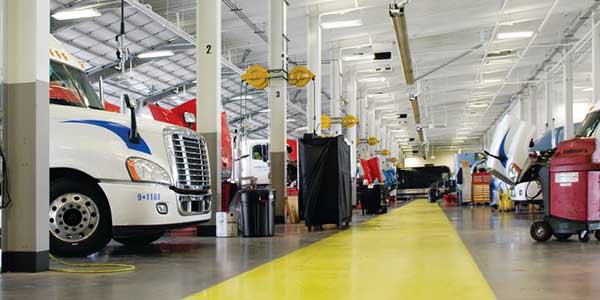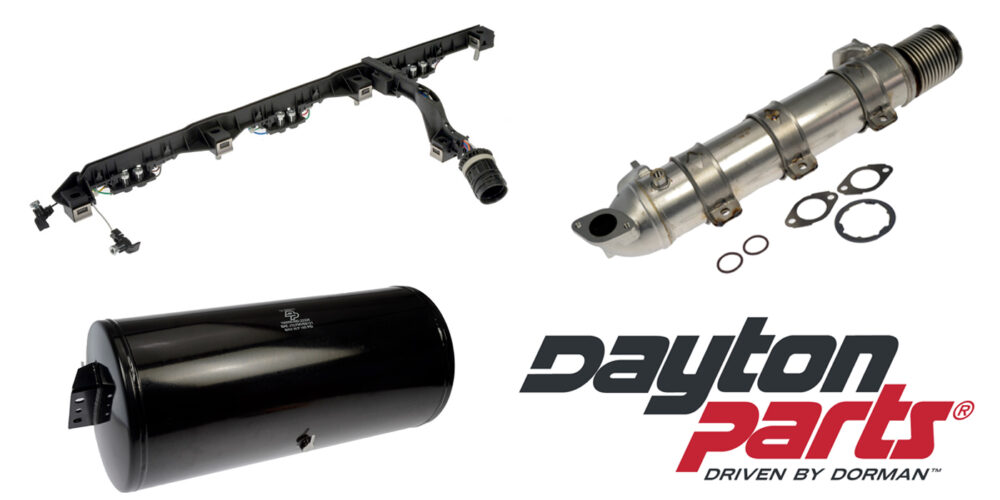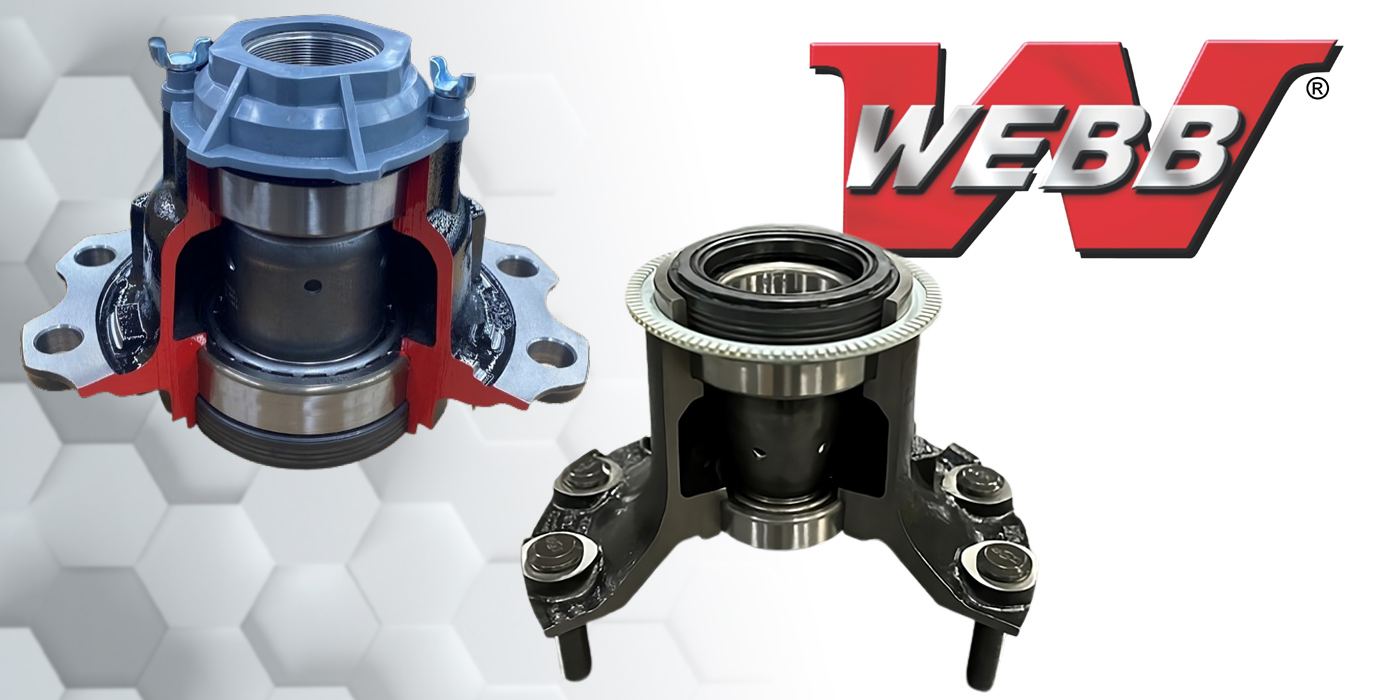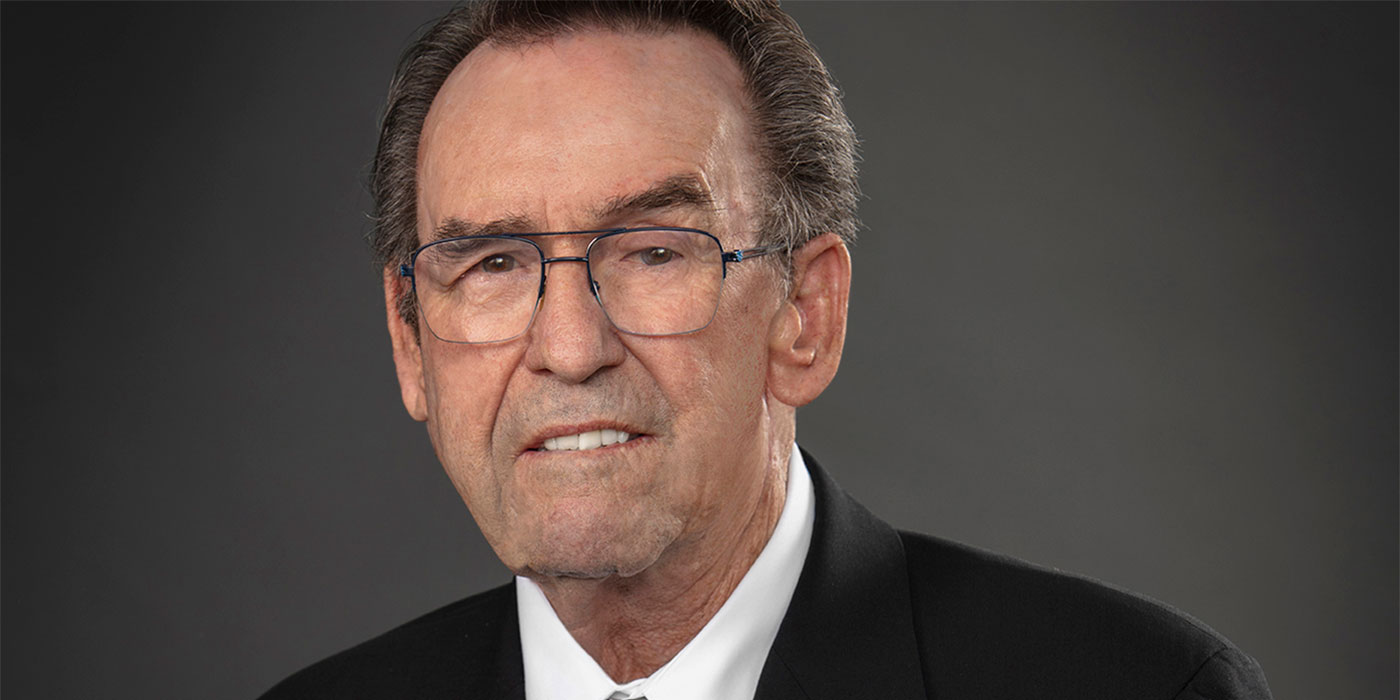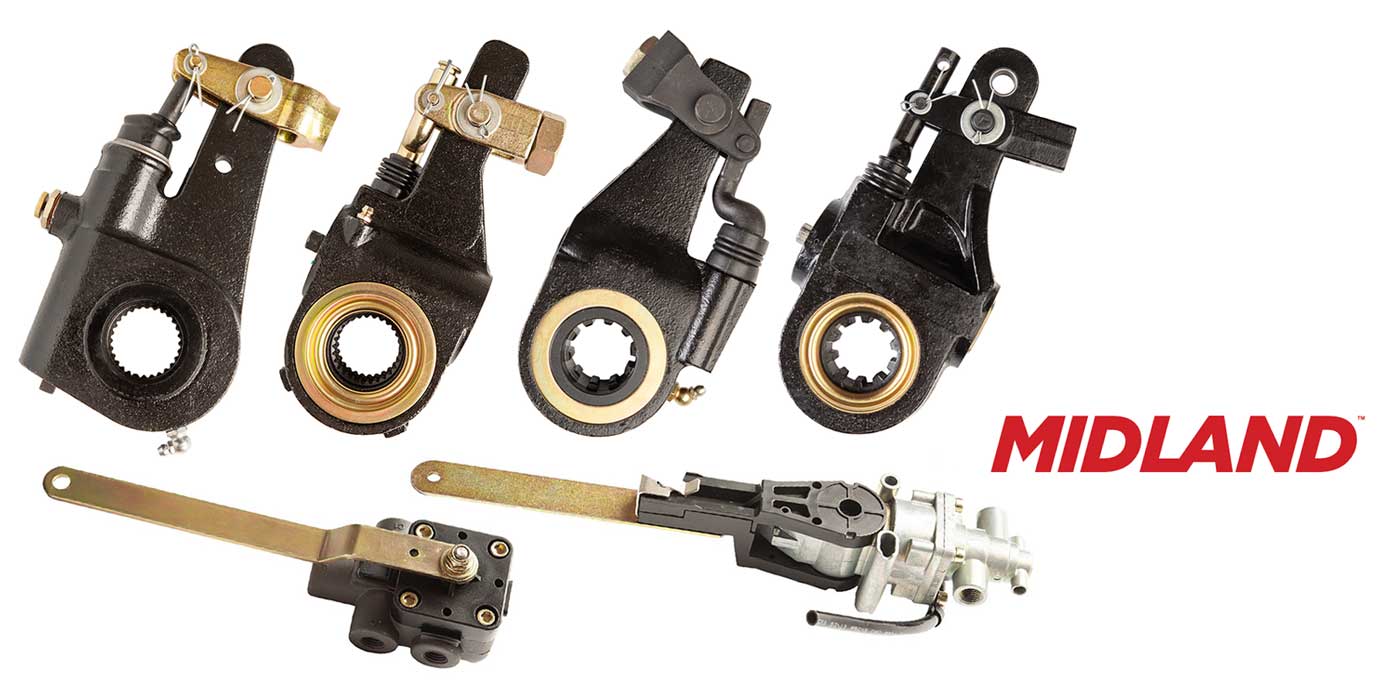In servicing commercial vehicle wheel-ends, fleets and operators sometimes rely on industry practices that are accepted, trusted—and may no longer be valid.
This installment of the Bendix Tech Tips series from Bendix Commercial Vehicle Systems LLC and Bendix Spicer Foundation Brake LLC (BSFB) addresses five common misconceptions, offering the facts behind each to help industry professionals make sound decisions for wheel-end maintenance.
“Long-held maintenance practices aren’t always best practices. Some are myths—around inspections, adjustments, and spec’ing replacement parts—and following them can cause problems in a vehicle’s most critical safety system,” said Keith McComsey, BSFB director of marketing and customer solutions. “During this year’s Commercial Vehicle Safety Alliance’s (CVSA) International Roadcheck, nearly 25% of the vehicles inspected were placed out of service, and more than four out of 10 of those vehicles placed out of service were attributed to brake-related violations. That number can be reduced by recognizing and rethinking misconceptions around wheel-end maintenance.”
Myth: Air disc brakes need to be inspected only once a year.
Fact: Air disc brakes (ADB) should be inspected at every preventive maintenance (PM) inspection.
“Among their benefits, air disc brakes have extended service intervals for friction or rotor replacement when compared to drum brakes, but this does not mean that ADB maintenance intervals get extended too,” McComsey said. “Inspecting at every preventive maintenance inspection is still required to make sure everything is in good working order – it’s this regular activity that contributes to the brake’s longevity. Most of these PM inspections do not even require removal of the wheel, making it a quick, easy process.”
One of the key inspections for air disc brakes is a visual check of caliper movement to ensure that it slides freely, according to Kevin Pfost, BSFB product specialist and longtime master technician. Visual inspection of the rotor is also key. Look for rotor surface cracks (due to heat stress) that exceed allowable limits. To get the best view of the rotor from outside to inside, use an inspection mirror.
Use the mirror to check pad wear as well. Minimum allowable friction material thickness is 2 mm. For a better view, use a Wi-Fi borescope camera, found at many retail outlets, including home supply stores.
Also during inspection, check the mounting hardware of calipers and air chambers – loose mounting bolts mean an out-of-service (OOS) brake. Make sure the guide pin covers are not missing, and ensure proper running clearances between the rotor and pads.
“A wheel-off inspection becomes necessary if you see something wrong during the visual check,” Pfost said. “For example, if the caliper does not move freely, or if you see a crack in the rotor. During inspection, if you see the pads are wearing unequally from inboard pad to the outboard pad – by a noticeable amount – then you would remove the wheels and do a deeper dive inspection. At this time you should also take the time to look for damaged tappets and guide pin boots. It’s the regular routine checks that act as the early warning for issues requiring immediate attention, while helping protect the life of the ADB’s components.”
Myth: You should adjust slacks at every inspection.
Fact: For fleets and drivers operating vehicles equipped with automatic slack adjusters (ASAs), do not manually adjust the ASA if the brake is beyond the stroke limit.
Some technicians servicing drum brakes will adjust ASAs at every PM inspection. Properly installed, operating, and lubricated automatic slack adjusters should never need adjusting after the initial setup—aside from during brake relining. Therefore, Bendix emphasizes that an out-of-adjustment ASA should never simply be manually adjusted to bring it back into adjustment.
Wheel-ends beyond the maximum allowable brake stroke are considered out of adjustment, and drivers can incur fines if 25% of a truck’s wheel-ends are out of adjustment. Many factors can cause an ASA to be out of adjustment—including improper lubrication of the slack adjuster, cam tube, and clevis pins; or excessive wear of the cam head, bushings, and rollers—but it is likely that none of these will be remedied with a manual adjustment.
Simple maintenance, such as greasing the slack to proper purge, can keep the ASA working smoothly and in proper adjustment and operation.
“Maybe as a holdover from the days of manual slacks, we continue to hear stories of service technicians who believe it’s acceptable to routinely adjust automatic slacks, or this item is still on the fleet’s PM inspection form. But it’s not something you should do for ASAs,” McComsey said. “Manual adjustment may temporarily solve the out-of-adjustment issue. However, if other factors are at play, they must be addressed – otherwise the condition will reoccur. We stress, as always, how critical it is to maintain, adjust, or replace slack adjusters according to the manufacturer’s instructions.”
Noting how crucial correct brake stroke is to braking performance and safe vehicle operation, Bendix advises measuring the chamber stroke on each wheel-end at every maintenance inspection. Do this by checking the distance from the chamber to the large clevis pin with the brakes released, and again after a full brake application. The difference between the two measurements is the chamber stroke. The maximum allowable stroke under CVSA guidelines is based on the chamber size and type.
To check the free stroke of the brake, refer to the manufacturer’s service data sheet. Pull the actuator pushrod to confirm that approximately one-half inch of pushrod-free stroke exists. The measurement of free stroke is an indication of shoe to drum gap on the brake. This is an indication of how the brake is maintaining adjustment.
As a guide, refer to the TMC recommended practices (i.e., RP-609) for further details on inspection and maintenance. If it is necessary to spec a replacement ASA because out-of-adjustment brakes are an ongoing problem, again follow the TMC recommended practices.
Myth: More aggressive drum brake friction will last longer.
Fact: It’s possible that drum brake friction meant for a higher gross axle weight rating than your vehicle’s may last longer, but it will also likely cause more drum wear and shorter drum life. And because it may provide more torque output, it could lead to problems with brake imbalance.
Bendix advises spec’ing drum brake friction in line with your gross axle weight rating. There may be instances when a different friction is called for, but normally you should use the same rating as the axle.
“Some people are tempted to spec a 23,000-lb friction on a 20,000-lb axle, for example, figuring it’ll stop better and last longer,” Pfost said. “That’s not always true. Just because the friction is more aggressive, doesn’t guarantee a longer life. Think twice before doing this, because more aggressive friction will often wear your drums more quickly. And the friction could potentially be hard enough to crumble when it starts to heat up.”
Myth: Unless you hear a leak, there’s no need to inspect brake chambers.
Fact: You should inspect your brake chambers at every PM inspection. Making sure your chambers are working properly is essential to the safe operation of your braking system. Frequent and more thorough inspections are required.
In addition to listening for air leaks around the chamber, check for missing parts such as dust plugs, clevis, and clevis pins; look for obvious damage to the chamber, such as dents, corrosion, and bent pushrods; and check to make sure the chamber mounting is not loose.
“Checking power spring condition is also essential,” Pfost said. “A quick and easy way to see if you have a broken power spring is to hit the chamber lightly with your hand and then listen for rattles. Many times, it will rattle, but not always, which is why the next two ways to check are a little more fail-safe.”
The surest way to check is to remove the dust plug and visually inspect the power spring or use a borescope. “But if those tools are not available” Pfost says, “then another way would be to look at the chambers when all the parking brakes are set. You’ll find that if there is a broken power spring, the slack adjuster on the chamber with a broken spring will not be in the same position as the others—across the axle and axle-to-axle.”
Myth: All brake shoes today meet federal Reduced Stopping Distance (RSD) requirements.
Fact: Not all brake shoes meet RSD regulations.
The aftermarket provides many friction options for both air disc and drums. Not all replacement friction marketed as acceptable, however, will meet FMVSS-121 requirements defined at the time of a vehicle’s manufacture. This could therefore impact performance, including stopping distance and parking capability. When relining brakes on vehicles affected by federal stopping distance regulations, ask suppliers for evidence of compliance.
However, the best way to maintain FMVSS-121 compliance is to maintain the original OEM performance to which it was tested. To maintain OEM performance, Bendix recommends that fleets and owner-operators replace friction with like-for-like components to maintain the original manufacturer’s braking performance levels – contributing to safer roads and reducing the risk of liability. Fleets may put themselves at risk if they choose a lower performing aftermarket friction that negatively impacts a vehicle’s braking performance or stopping distance.
“Don’t leave anything to chance when it comes to replacement friction,” McComsey said. “An improper choice can result in reduced braking performance—in some cases, adding multiple car lengths to a stop—reducing safety and putting your drivers and the fleet at risk.”
This tech tip was contributed by Bendix Commercial Vehicle Systems. Read more tips from Bendix on their website.

